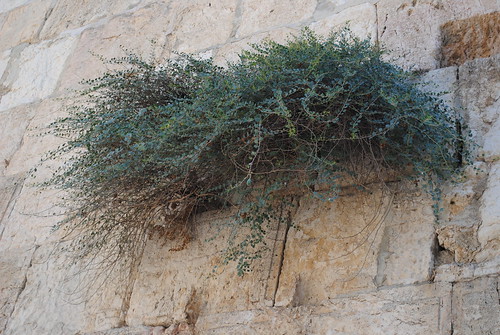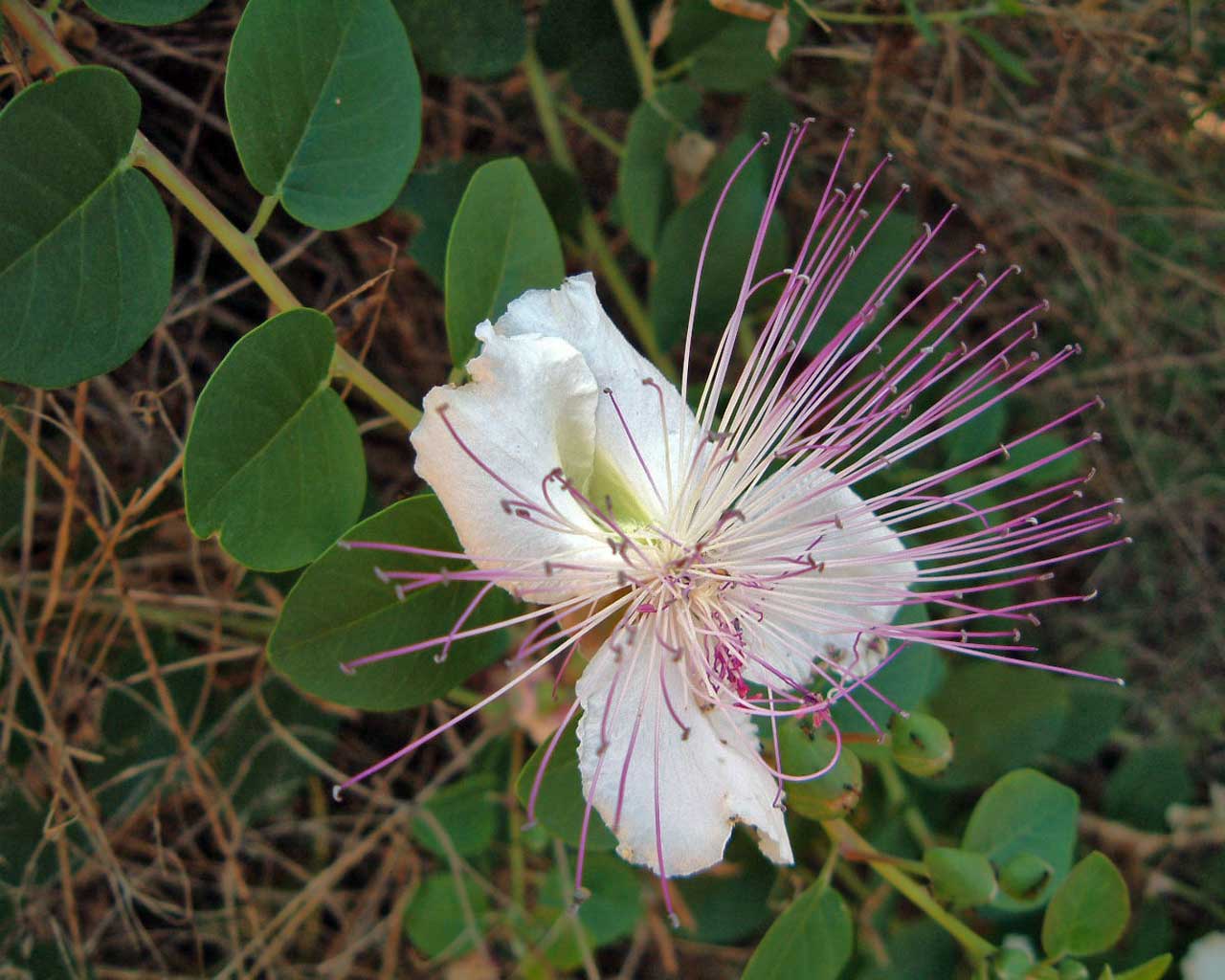Caper bushes
Last year I was introduced to my incredible chef friend Ruth Baks’ “Kotel Chicken”. It is a top secret recipe, and definitely in the category of divine food. It was from Ruth, through this dish that I learned that the bushes in the kotel are caper bushes.
I really never gave that much more thought, as more than a fun fact. Until today.
I am studying two mornings a week at the Women’s Beit Midrash in Efrat. It is an amazing learning community for women, by women, in Hebrew and in English. One of the benefits of living here is that the superstar Torah teachers add one morning class a week to their busy roster and we benefit. But I digress.
Tehilla Elitzur is teaching a class (in Hebrew) about the inclusion or separation of Mussar, character development, in Jewish Law. Her knowledge of gemara is breathtaking, and what amazes me most is her familiarity with the authors of the Talmud, what period they lived in, who knew each other, and how all of this affected each one’s particular voice.
There is a story we read for other reasons about a Rabbi who is rewarded by the appearance in his garden of a caper bush. Why was this such a reward? Tehilla explained that caper bushes were of great value because each part of the plant could be used. Rabbi Steinsaltz’s Talmud explains beautifully in English the discussion in Masechet Brachot, chapter 6, of the tithing necessary specifically on a caper bush since one may be using it primarily for different parts.
I didn’t get enough information from the Talmud about how each part is of value, so I went to another holy source, wikipedia.
The leaves are used in salads and fish dishes. (The site says primarily in Greece, but that would logically mean it mostly was the case in Ancient Israel as well.) The berries can be cured, as well as the buds, the part we know and love as ‘capers”.
According to flowersinisrael.com, “Pliny the Elder (23-79 CE) writes in Natural History XIII 127:”…a shrub with a rather hard wood; also its seed is well known as an article of food, and is usually gathered together with the stalk.” Pedanius Dioscorides (40-ca. 90CE) also provides instructions on the use of sprouts, roots, leaves and seeds in the treatment of strangury and inflammation. Powdered root bark is quoted by the Venetian Prospero Alpini (1553-1617) as a treatment for skin ailments, and as a vermifuge (substance which kills worms) and emmenagogue (substance that stimulates menstruation).”
So this amazing bush was used in earlier eras for its stalks, leaves, seeds, sprouts and buds.
I don’t think it can be a coincidence. The one plant that grows – thrives – in the kotel, on its own, with no gardener but Our Creator, has lots of different parts, all useful. The buds, usually considered “not yet something” Â – just potential – in most plants, are perhaps the most valued.
I don’t appreciate the politics at the kotel as of late, nor do I have any desire to enter into them. I believe in religious freedom and at the same time I don’t believe that this site, of any in the whole world, is the place for provocation of any kind.
But we are certainly being given a message about just how valuable each Jew is  – how Hashem intends, nurtures and loves our differences and variety –  whether we are a leaf or stalk, bud or berry. Perhaps while we are tucking all those notes into the kotel’s cracks, Hashem actually has also been leaving us a note in the cracks all along.
I will never again look at caper bushes, or the kotel, in quite the same way.







Thank you so much for this – it was both interesting to know about capers, but also beautiful how you drew Torah from their growing in the Kotel. Torah is in nature all around us.